Because the necessary and sufficient conditions are a comprehensive process from professional training environment, facilities to physical care, nutrition, recovery..., indispensable factors of applied science in high-performance sports. However, this is still a big gap, requiring stronger investment to help Vietnamese sports reach new heights.
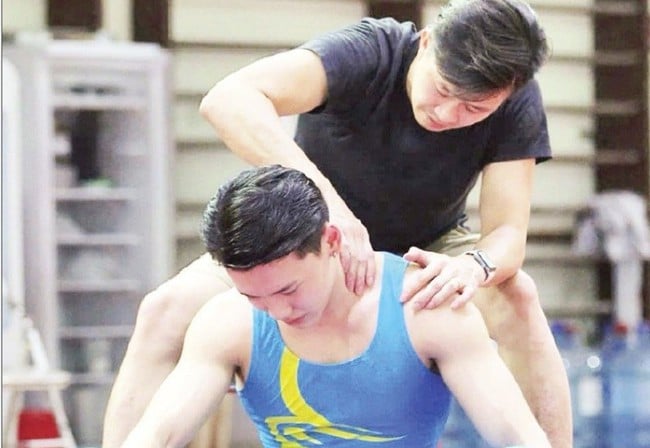
Coach Truong Minh Sang helps athletes recover after a training session of the national gymnastics team.
In sports that require high intensity, training beyond the threshold is essential to improve performance. However, if this process is not accompanied by a suitable and scientific recovery regimen, athletes can easily fall into a state of physical decline, accumulate fatigue and potentially be at risk of injury.
The gap after "over the threshold"
Coach Truong Minh Sang, who has won multiple SEA Games gold medals and is currently the head coach of the national men's gymnastics team, shares his first-hand experience from training: elite athletes are required to train beyond their limits, but if they do not recover properly afterwards, their bodies will fall into a state of cumulative fatigue, leading to injury. Unfortunately, many injuries do not come from accidents, but from poor load control and inadequate recovery. Major sports consider recovery a mandatory part of the training process, on par with physical or technical training; while in Vietnam, this step has not received due attention or is still implemented based on intuition. We lack a data system, load measuring equipment and a team of recovery technicians. Many places have equipment, but no operators or no process to exploit it optimally.
Currently, many training centers only have one or two doctors serving all athletes in many sports, while in developed sports countries, each team has its own doctor following closely from the beginning of the season until international competitions. “I have been to Japan and seen them organize a closed recovery area, with cold soaks, therapy, massage... Everything is automatic, no need for a permanent attendant. As a result, the next day the athlete can return to training with the same intensity as the day before and still achieve optimal results,” said Coach Truong Minh Sang.
Even high-achieving athletes in the teams, who directly experience the intensity of training and competition, clearly feel that gap. Nguyen Thi Oanh, a national track and field athlete, considered a symbol of success for Vietnamese sports in the past 5 years, who won 4 gold medals at the 32nd SEA Games in just three days of competition, shared very frankly: “I was injured and was treated and recovered at the training center, but the medical support system is currently very lacking. Some machines are available but not enough to meet the needs of athletes. I hope to have more high-tech equipment such as a system to monitor movement indexes, measure force and support physical recovery. These are all very important factors, directly affecting expertise and competition performance.”
From the reality of the athletics team, one of the sports with the most content in the sports festivals, General Secretary of the Vietnam Athletics Federation Nguyen Manh Hung admitted: “Physical recovery is still a big gap in high-performance sports. Currently, at national training centers, the number of doctors is very lacking, not enough to serve each team individually. With sports such as athletics, athletes train and compete at very high intensity, the possibility of overload and prolonged fatigue is inevitable. However, the current recovery conditions are very limited. Cold rooms, steam machines, and massage machines are only available in a few centers and cannot always be operated due to the lack of specialized human resources and synchronous operating mechanisms".
The training story of track and field athletes is also the reality of many national teams, showing the difficulty in maintaining scientific applications due to limited investment resources. Mr. Nguyen Manh Hung added: “Previously, track and field was supported by a cooperation project with Germany, athletes had their blood drawn after each training session to analyze biological indicators, helping coaches adjust exercises to suit each person's physical condition. However, after the project ended, due to the lack of replacement equipment, we were forced to stop applying this method.”
From the above situation, we can clearly see a paradox: although Vietnamese sports have many talented athletes, continuously achieving outstanding results in limited conditions, without a scientific and technological foundation, it is very difficult to maintain and develop sustainably.
Demand from reality
To solve the problem of investing in applied science for high-performance sports, especially in taking care of recovery investment for athletes during training, the sports industry has made new steps. On July 4, 2025, the Vietnam Sports and Physical Training Department signed a cooperation agreement with Dreamax Technology Joint Stock Company to apply artificial intelligence (AI) to training and recovery for high-performance sports. In the immediate future, it will be deployed in four national teams: taekwondo, boxing, archery and shooting.
Director of the Vietnam Sports Administration Nguyen Danh Hoang Viet said: “We aim to win gold medals at the ASIAD and the Olympics. To achieve that, we must consider science and technology as the core factor, not just relying on will and experience. Applying AI is not only for technical analysis and movement assessment, but also for optimizing performance, controlling force loads and preventing injuries. In parallel with the AI project, the sports industry is also implementing a digital transformation project, building a digital database for athletes from the gifted level to the national team. We need data for modern training. Without data, we cannot make timely adjustments. Without measurement, we cannot control.”
From the perspective of research and application, Dr. Vu Thai Hong, Director of the Institute of Sports Science and Technology, assessed: Science and technology cannot be a secondary factor in high-performance sports but must become the foundation. The Institute is coordinating with international partners to deploy an Olympic-standard competition center in Ho Chi Minh City, integrating training, rehabilitation, and assessment of athletes' physical condition, and simultaneously deploying a nationwide student physical assessment program to orientate early talent training.
Source: https://bvhttdl.gov.vn/dau-tu-cho-khoa-hoc-the-thao-ung-dung-trong-the-thao-thanh-tich-cao-20250716085926526.htm



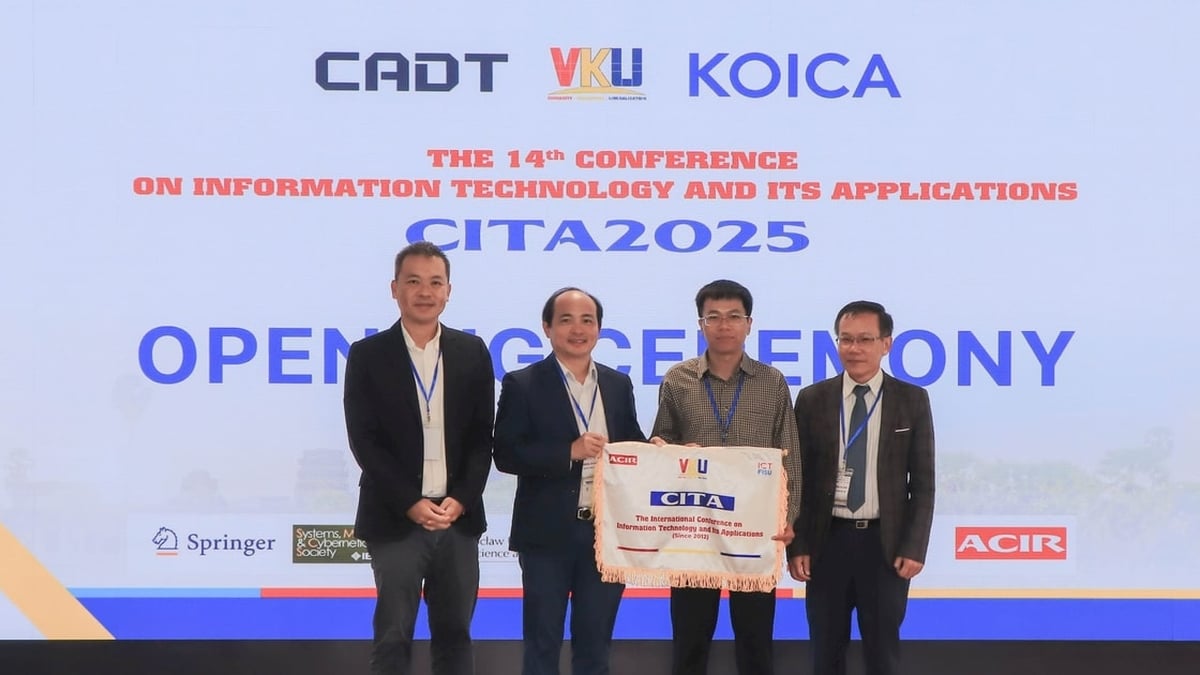
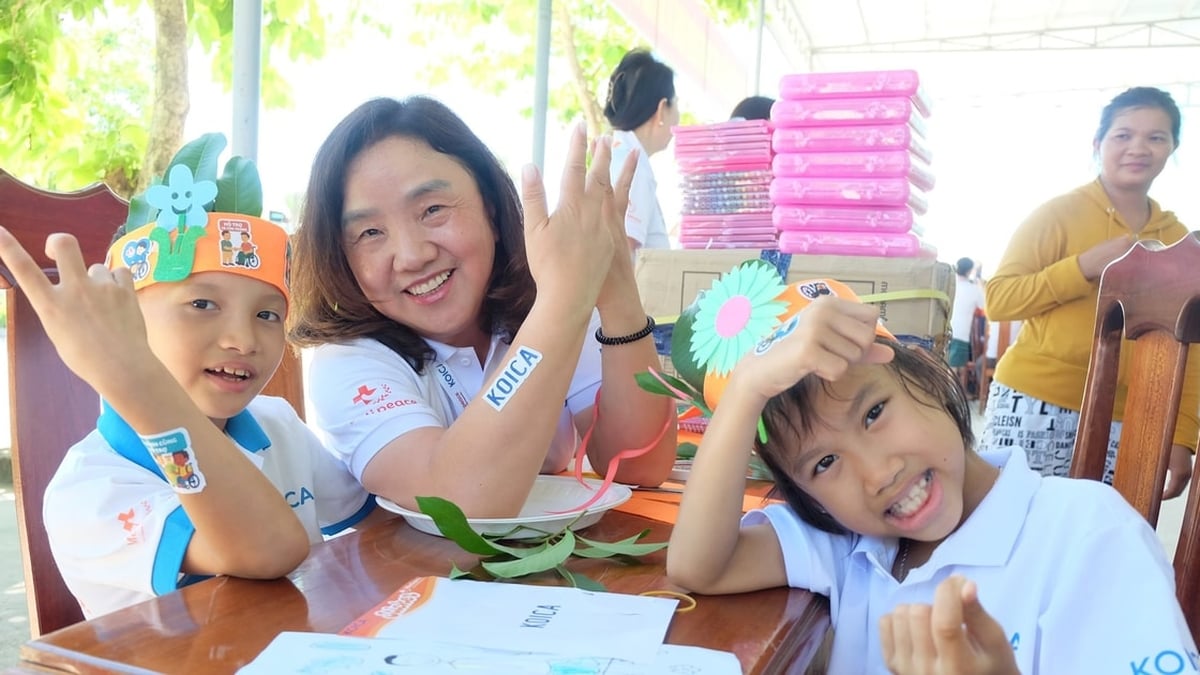
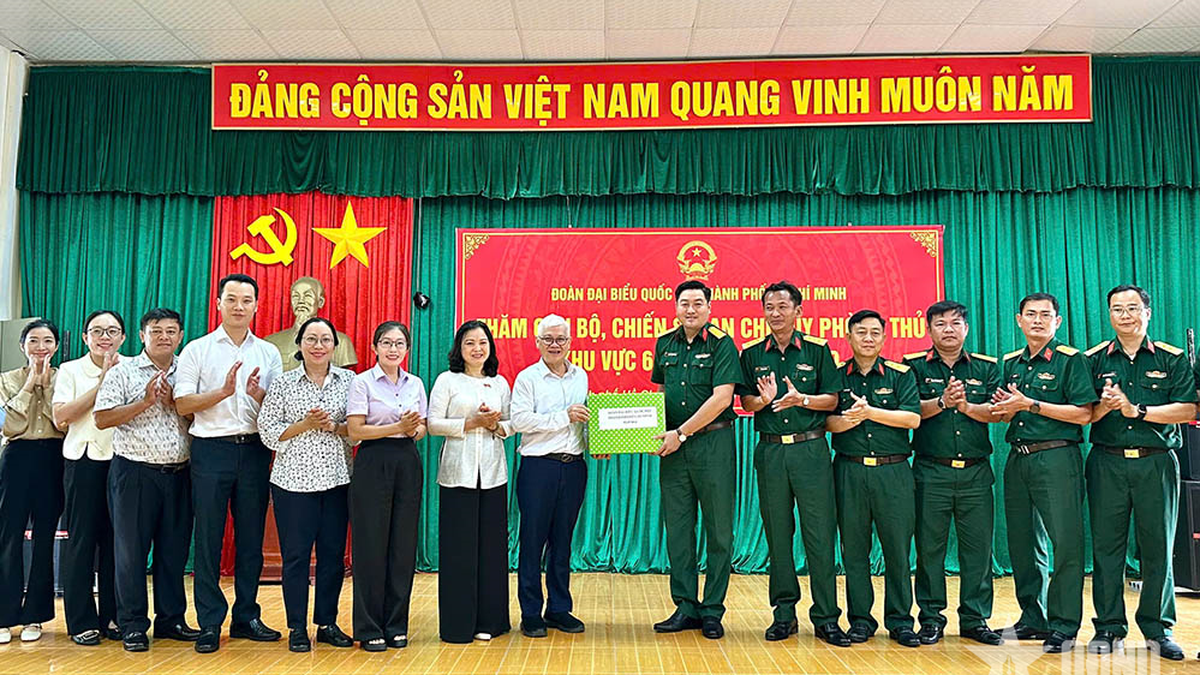
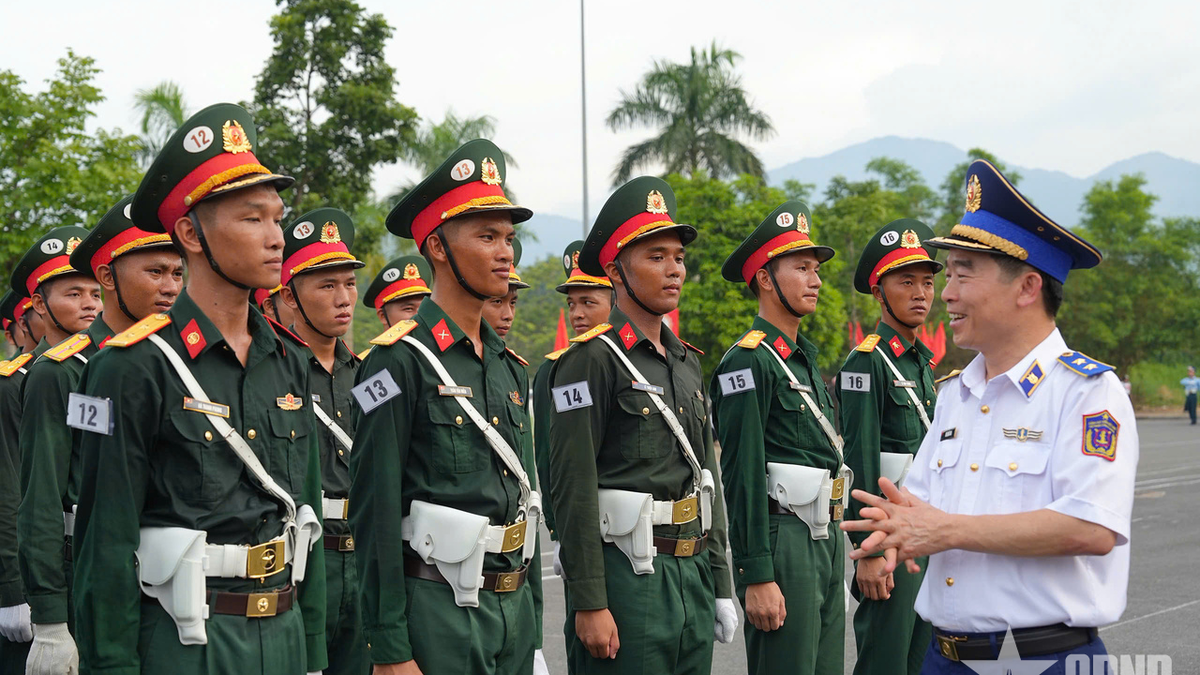
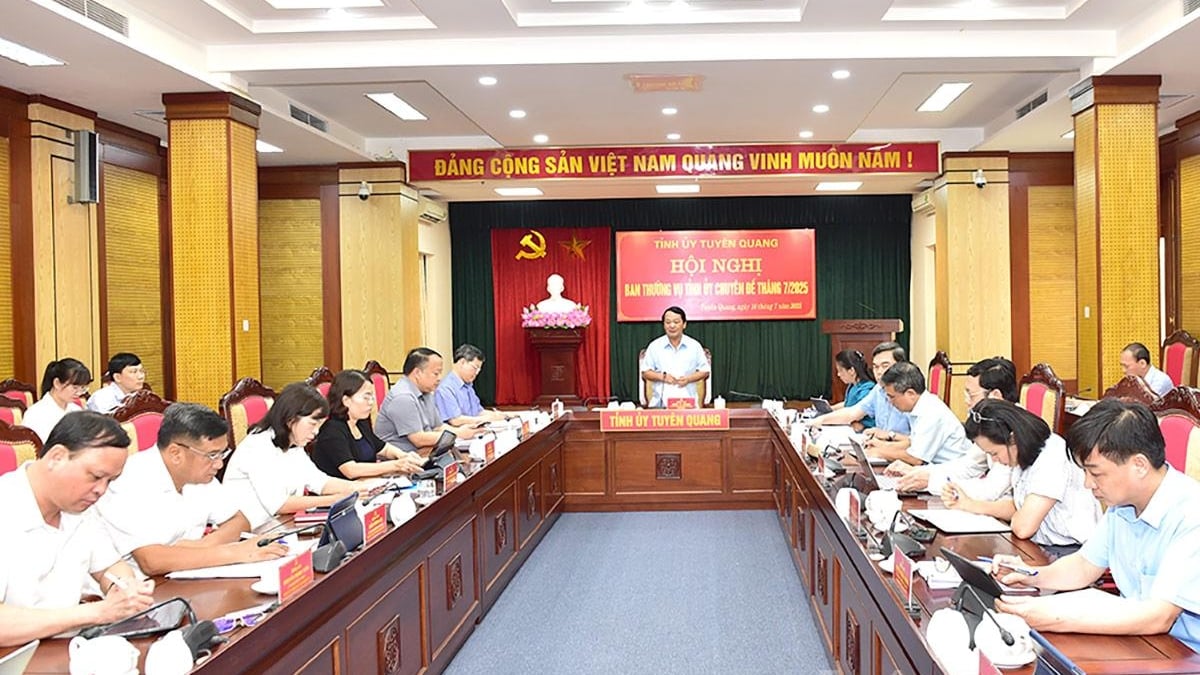
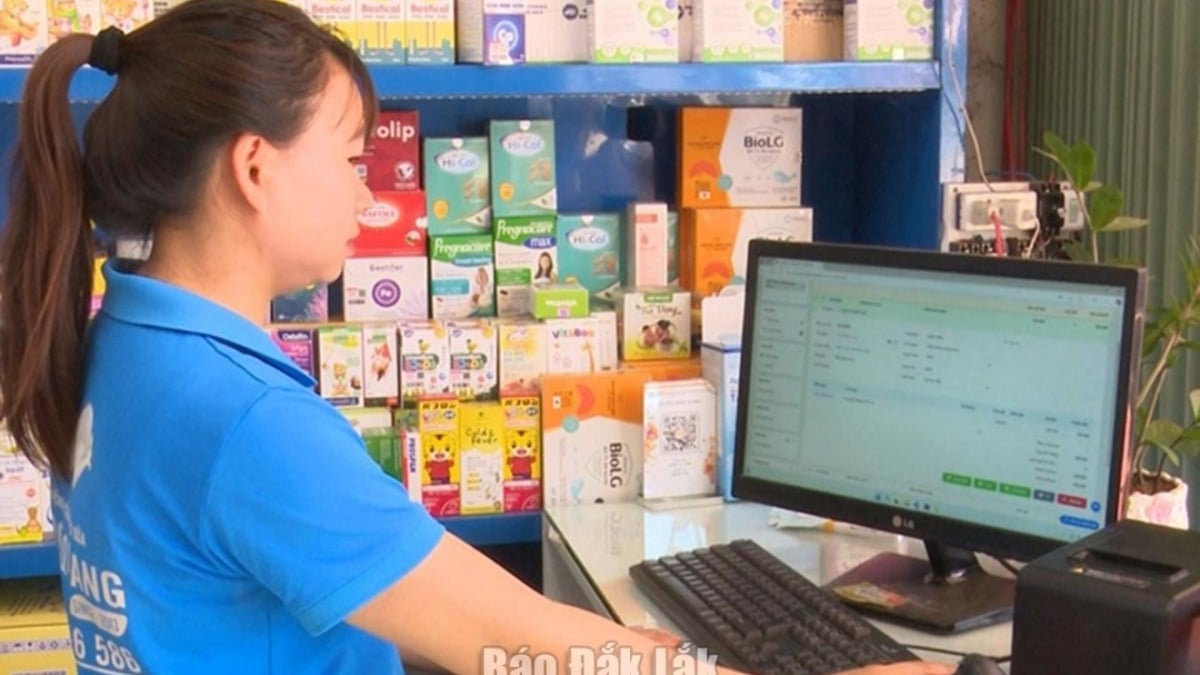
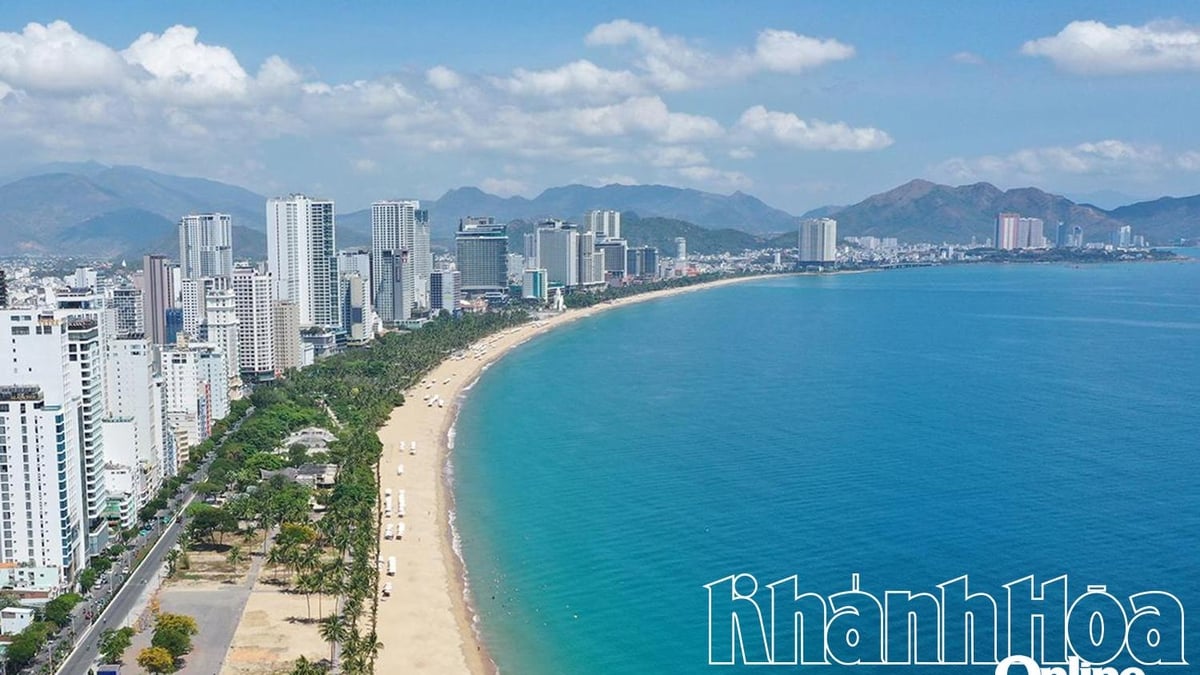
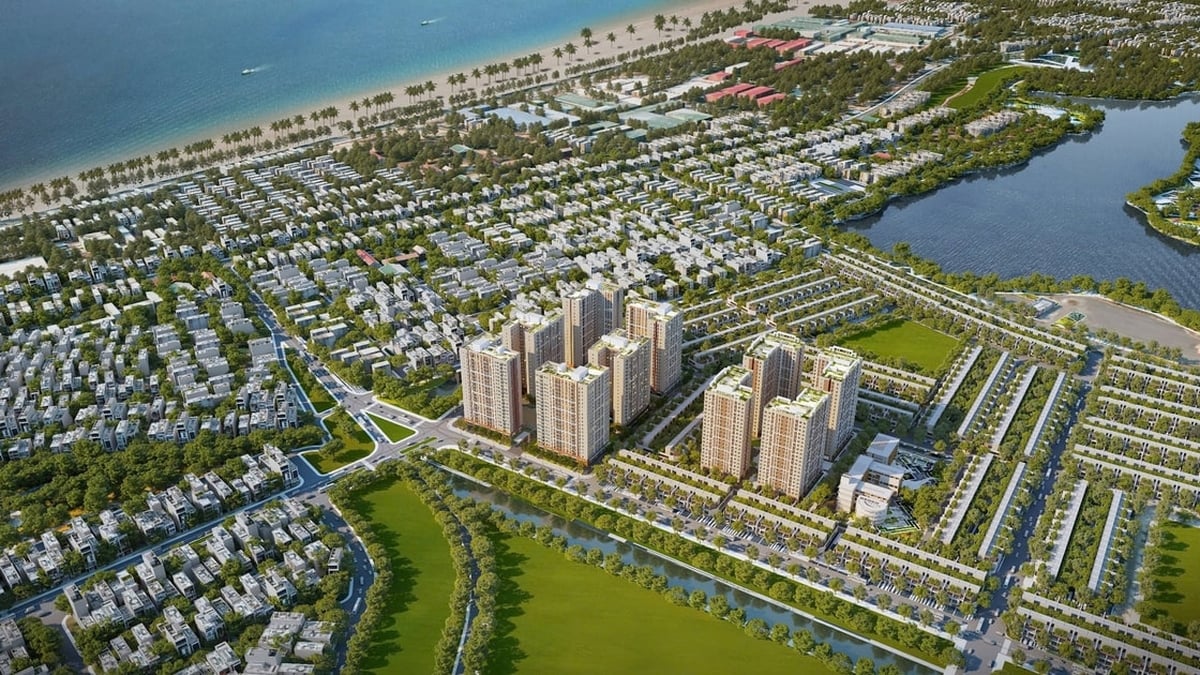
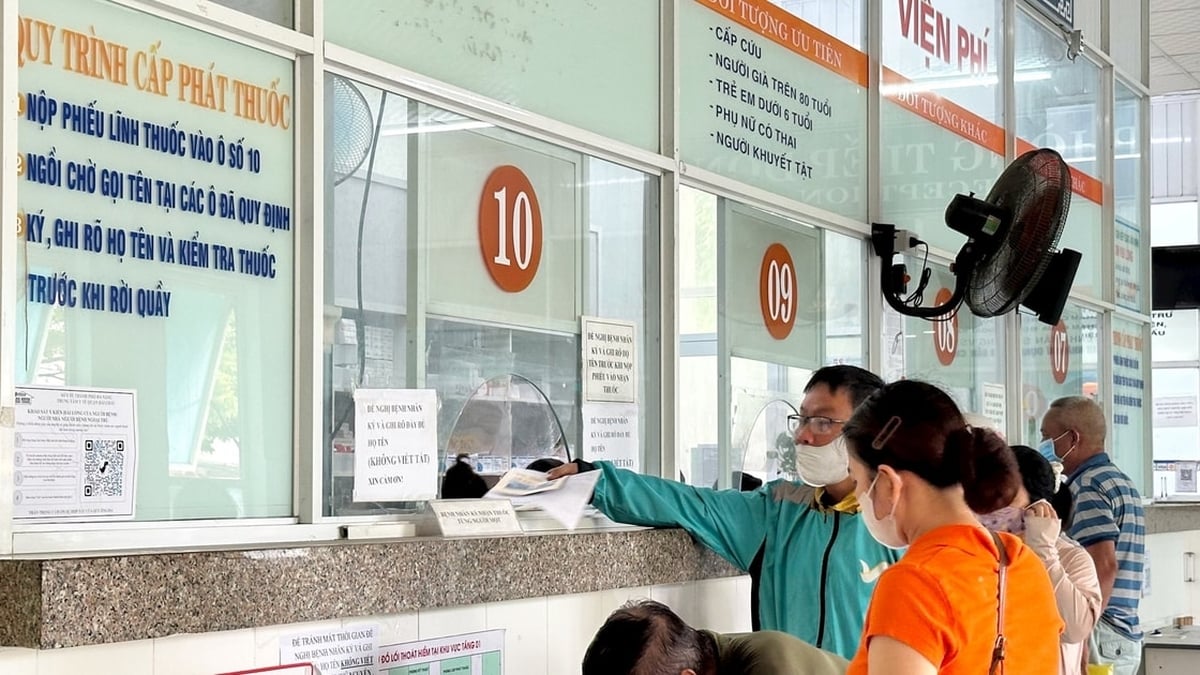








































![[Maritime News] More than 80% of global container shipping capacity is in the hands of MSC and major shipping alliances](https://vphoto.vietnam.vn/thumb/402x226/vietnam/resource/IMAGE/2025/7/16/6b4d586c984b4cbf8c5680352b9eaeb0)















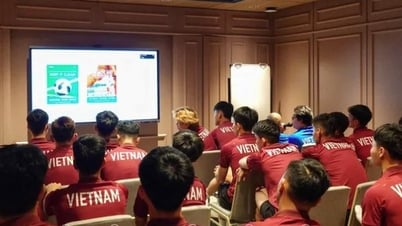
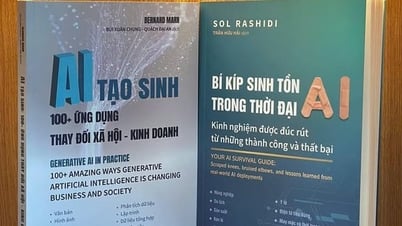

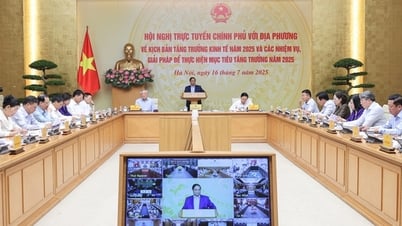
























Comment (0)